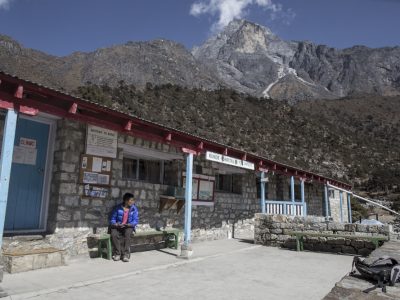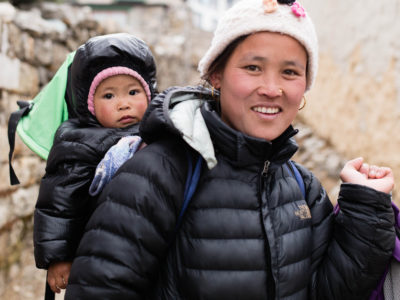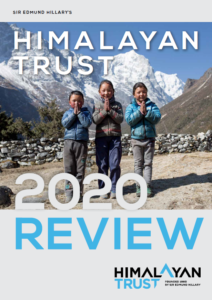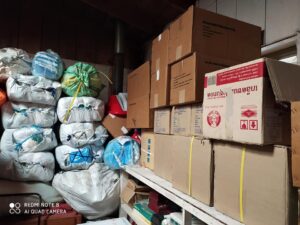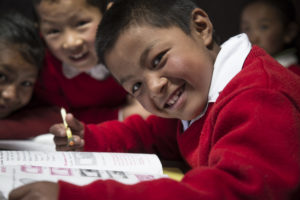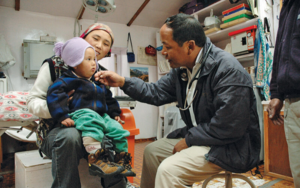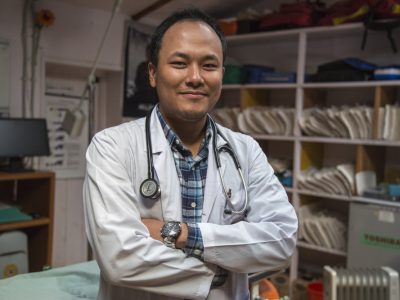Health and hospitals
Himalayan health and hospitals
The Himalayan Trust has been working to improve the health and well-being of communities in the Everest region since 1966 when Sir Edmund Hillary built Kunde hospital, the very first hospital in the region.
The Himalayan Trust went on to fund and build Phaplu hospital in 1975, as well as a series of rural health clinics across the region.
The Himalayan Trust has provided funding, training and medical supplies and recruited volunteer doctors, many of them from New Zealand, to help run the hospitals.
The achievements in community health since the hospitals and health clinics were established are remarkable – the near eradication of TB, the elimination of goitre and cretinism through iodine injections, as well as major improvements in maternal care.
Thanks to our supporters, the Himalayan Trust continues to help improve the health of communities in the Everest region today.
Improving care for mums and babies in remote areas
In the remote regions of Nepal, the number of women and babies who die in childbirth remains much too high. For many communities, the nearest hospital and doctor is several days walk away. Himalayan Trust supporters help improve health care in remote, rural villages and save lives.
Together we are improving the health of the whole community in the remote community of Bung, especially the health of women and babies.
Improving healthcare in Bung
Water changes everything
Better health with safe water
“Water is the most important part of life – without it we can’t do anything,” says Pandi from Musey Village.
Nothing is more important to the health and well-being of communities than safe, clean water.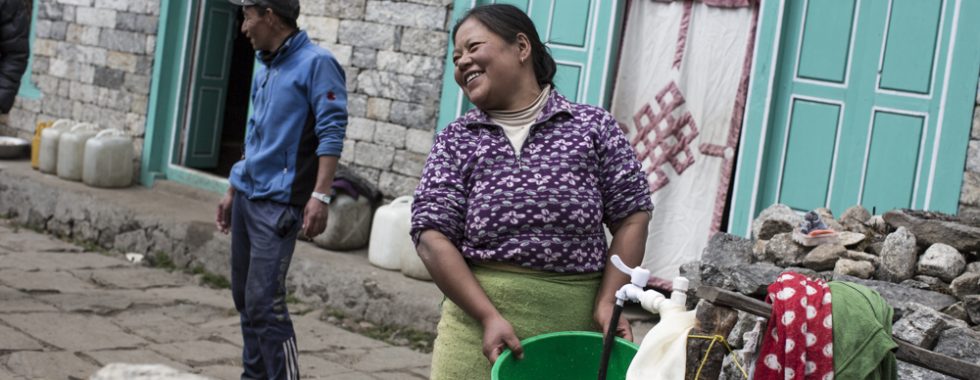
Ever since the 1960s when Sir Edmund Hillary helped build water tanks for villages in the upper Khumbu valley, improving access to safe drinking water has been a priority for the Himalayan Trust.
We are working with our local partners to bring safe water to more communities in the Everest region.
Thanks to Himalayan Trust supporters, we are currently constructing a safe water system in the villages of Bubsa and Monjo. We have recently completed community water supplies in the villages of Lukla and Musey.
These safe water projects help improve the health and well-being of entire communities for decades to come.
Latest news and stories
Over $25,000 raised for COVID-19 Emergency Response
How COVID-19 is affecting the Himalayan Trust’s education programme
The latest from Dr Kami Temba on COVID-19
From good Kiwi care to sustainable, local care
From 1966 until 2002 the hospitals were staffed by young volunteer doctors, many of them from New Zealand, with the help of Nepali staff.
For the last 14, the hospitals have been fully staffed by Nepali medical professionals.
Dr Mingmar Tshering Sherpa from the village of Thame, is currently completing a two-year placement at Kunde Hospital.
He believes Sir Ed would be very happy if he was able to see how the hospital was operating today.
“This is what Sir Ed wanted; we have our own hospital with our own doctors.”
Meet Dr Kami Temba
It was a landmark achievement when former Health Worker Kami Temba, qualified as Dr Kami Temba and became first Nepali doctor-in-charge at the Hospital.
The inspiring story of how Dr Kami came to be the first doctor-in-charge at Kunde hospital is a story that spans the whole of the Himalayan Trust’s aid work in the Everest region.
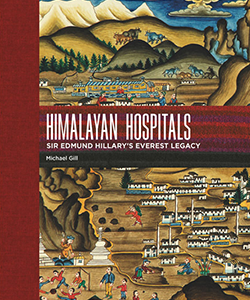 History of the hospitals
History of the hospitals
During an expedition in 1963, Sir Ed’s climbing team encountered an outbreak of smallpox – a disease that had been effectively treated elsewhere in the world with a vaccine. Sir Ed, with the help of the doctor attached to the expedition, Phil Houghton, managed to organise an urgent supply of the vaccination. They vaccinated over 3000 people and succeeded in preventing a wider smallpox epidemic.
For Sir Ed, the success of this medical intervention demonstrated the strong need for health care in the Khumbu region – and the huge impact a hospital in the area could have.
You can read more about the fascinating history of the Himalayan hospitals and the incredible tales from the heroic Kiwi doctors who staffed the hospitals in the book Himalayan Hospitals by Dr Mike Gill.
What you can do
You can help continue Sir Ed’s legacy in Nepal. Every contribution, large or small will make a real difference to the communities we work with in the Everest region.
Make a donation

